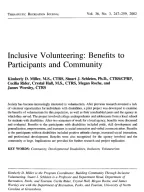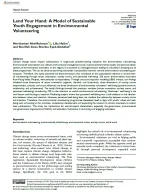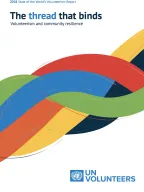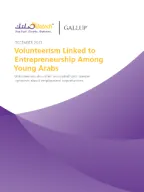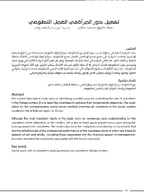
Fast read
- The research paper looks at volunteering practices in the 21st Century.
- It builds upon the UN volunteer typology discussed in 1999, taking into account the rapid and widespread changes in the social, political, economic and technological landscapes across the globe.
- The paper also examines the ‘face’ of volunteering in so-called Global South communities and reflects the diversity of volunteering practices in low- and middle-income countries.
Summary
The paper acknowledges the complexity of volunteerism as a social practice cutting across different structures, sites, intensities, aspirations and categories. It identifies five key components common to most volunteering activities as shown in the graphic below.
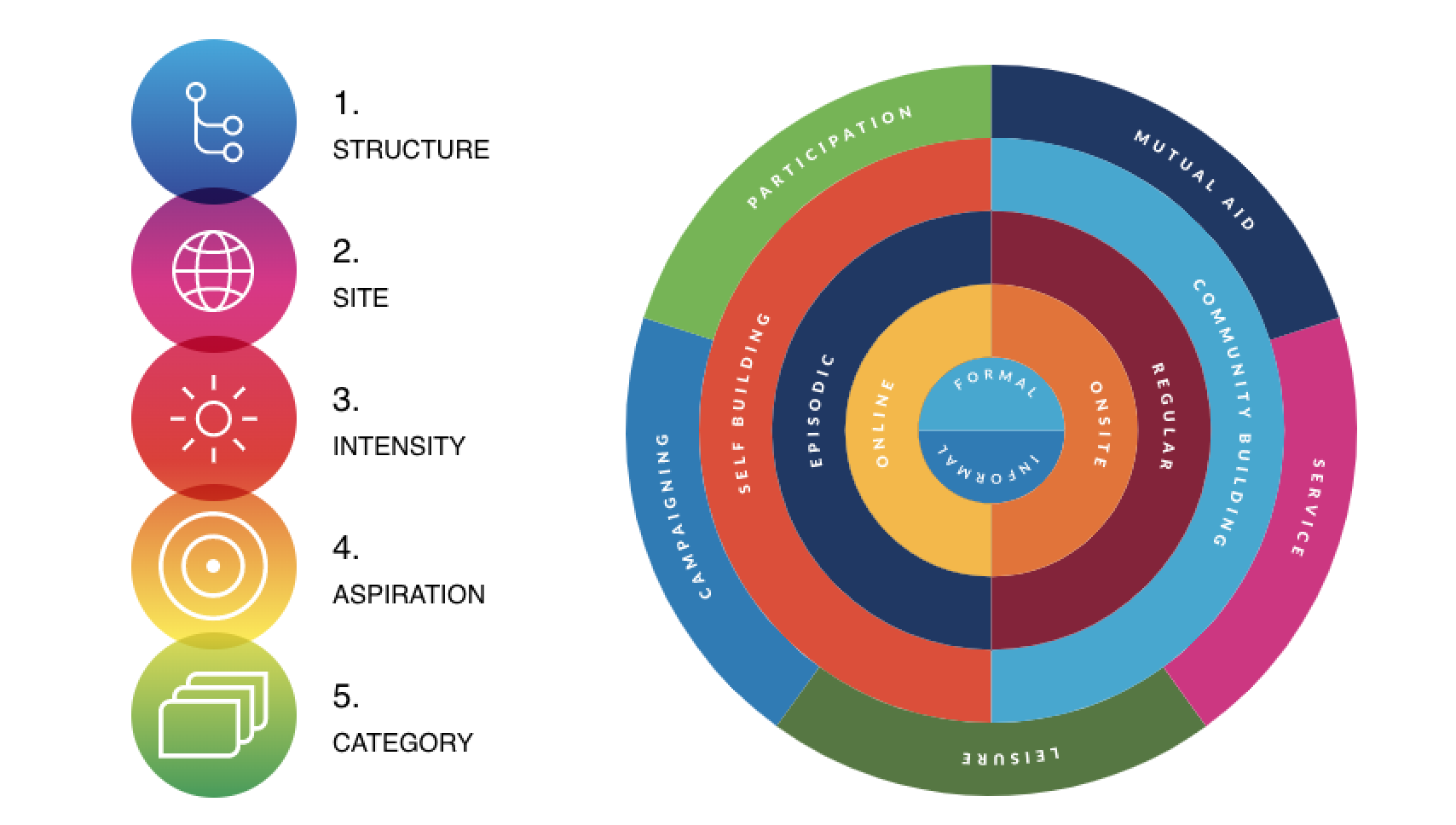
The paper found that the four types of volunteering (mutual aid and self-help; service delivery; campaigning; and participation) as explained in the previous UNV typology paper are still valid in 2020. The relative mix of these categories of volunteering activities may vary, but they are present across diverse situations. At the same time, the paper also suggests an additional category of volunteer work: volunteering as leisure. Volunteering as leisure covers volunteer work in the arts or sports. It refers to activities that build confidence and well-being among volunteers while contributing to social cohesion.
Thus the paper suggests five categories of volunteering:

The paper further highlights that while the four categories are not mutually exclusive in the previous typology, the framework must be updated to take account of the extent of the overlaps between them. In this respect, the new framework moves away from thinking about mutual aid, service, participation, advocacy and the new leisure type as discrete boxes into which volunteering practices can neatly be filed. Instead, they are framed as different dimensions and categories of expressions of volunteering, which can coexist in different magnitudes and intensities, depending on the practice.
The paper provides governments, civil society and private sector with new thinking and analysis on the diversity of volunteering practices. However, rather than providing definitive answers to complex questions, the paper encourages further investigation about the roles that volunteers are playing, and how volunteerism can be leveraged as a resource for community development.













